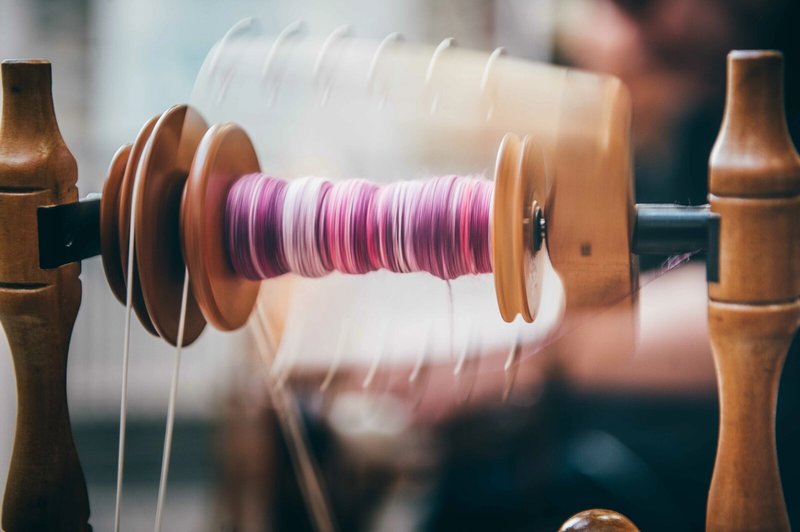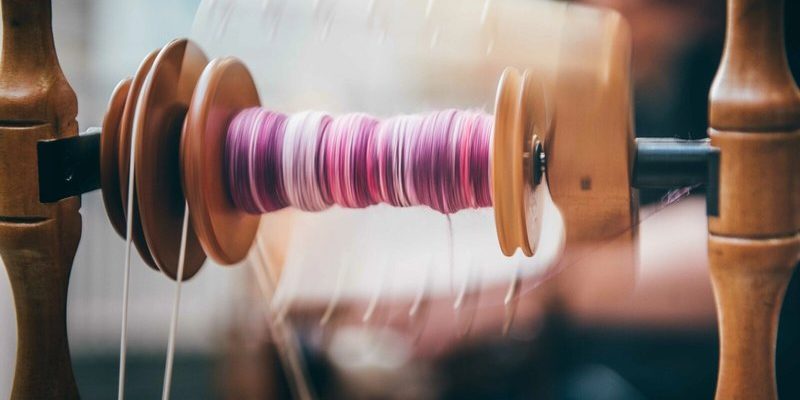
Let’s dive into wool processing—it’s fascinating, and I promise you’ll view your next wool purchase a little differently. We’ll explore each step, from the first shearing of the sheep to the moment that final yarn is spun, ready for your next knitting project. You might be surprised at how much care and technique goes into this process!
1. Shearing: The Start of It All
Shearing is the very first step in wool processing, and boy, is it important! So, what does it mean? Simply put, shearing is when the fleece is removed from a sheep. Picture this: a friendly sheep, fluffy and happy, waiting for its annual haircut. This usually happens once a year, typically in the springtime when the weather warms up.
The shearing process is skilled work. You have to be gentle but efficient. A professional shearer will carefully use electric clippers to remove the fleece in one piece. This method is not only faster but also ensures the sheep doesn’t get hurt. The fleece is collected right away and checked for any damages. Once shearing is done, the sheep looks a bit like it’s in a spa, much lighter and cooler!
2. Sorting the Fleece
After shearing, it’s time for the fun part: sorting! This step is crucial because not all fleece is created equal. Different sheep breeds produce different types of wool, each with its own characteristics. For instance, Merino wool is soft and fine, while Romney wool is coarser and sturdier.
In this process, workers meticulously inspect the fleece. They’ll separate it into various categories based on quality, color, and fiber length. Think of it like sorting fruits at a market; you wouldn’t want to mix up your ripe strawberries with the not-so-great ones! The higher quality fleece will eventually fetch a better price and be used for finer products, while lower quality fleece may be used for insulation or blankets.
3. Cleaning the Fleece: Scouring
Now, onto the next stage: cleaning the fleece, often called scouring. Freshly shorn wool is typically dirty and greasy, thanks to natural oils and dirt. So, how do we make it all clean? Just like washing clothes, but on a larger scale!
During the scouring process, the fleece is soaked in a hot water solution mixed with detergent. This helps to remove the grease (or lanolin) and any dirt. The wool is stirred around to ensure every part gets clean. After a thorough rinse, it’s important to dry the fleece properly. The goal is to keep the fibers intact while removing all those impurities.
4. Carding: Prep for Spinning
Once the fleece is clean and dry, it’s time for carding. This process prepares the fibers for spinning, kind of like combing your hair to get rid of tangles before styling. Carding aligns the wool fibers and breaks them apart, making it easier to spin into yarn.
Carding machines gently pull and separate the fibers, creating what’s called ‘batts’ or ‘rolags.’ These fluffy, cloud-like layers of wool are perfect for spinning. It’s fascinating to see how raw wool transforms into something that looks so soft and inviting!
5. Spinning: Creating Yarn
Now comes the exciting part: spinning! This is where the magic happens and wool turns into yarn. Spinning can be done by hand with a spindle or on a spinning wheel, or it can be machine-operated for larger-scale production. Regardless of the method, the process involves twisting those carded fibers together so they form a continuous strand.
You might be wondering why twisting is necessary. Well, twisting creates the strength and durability needed for the yarn to hold together. Depending on how tightly the fibers are spun, you can create different types of yarn: thick, thin, soft, or sturdy. It’s all about choosing the right technique for the desired outcome.
6. Dyeing: Adding Color
Now that we have our yarn, it’s time to make it pop with color! Dyeing wool can be as straightforward or as creative as you want it to be. You can use natural dyes from plants or synthetic dyes for a broader range of colors.
The dyeing process is fairly simple. The yarn is soaked in a dye bath, allowing the fibers to absorb the color. The longer it sits, the more vibrant the color can become. Some artisans even play around with tie-dye techniques or shibori for unique patterns. It’s like painting—but on yarn!
7. Finishing Touches: Preparing for Use
After dyeing, that lovely yarn needs a few finishing touches. This is where it gets a little technical. If the yarn has been dyed, it usually undergoes a wash to remove any excess dye that might stain your hands or garments later.
Next, the yarn might be twisted into skeins, which are just loops that make it easy to bundle and store. Finally, it’s often steamed or set to maintain its shape and prevent it from tangling. At this point, that yarn is ready to head out into the world, just waiting for someone to knit or crochet something wonderful with it.
8. Using Wool Yarn: The Final Steps
So, now that we’ve explored wool processing from shearing to yarn, let’s talk about how you can use that yarn. Whether you’re knitting a scarf or crocheting a blanket, wool yarn brings warmth and comfort. It has excellent insulating properties, making it perfect for colder months. Plus, wool has a natural elasticity, which means your finished products will hold their shape beautifully.
One of the best parts? Wool is also biodegradable! So, when you’re ready to retire that old sweater, it won’t sit in a landfill forever. Wool is kind to both you and the planet, making it a fantastic choice for sustainable fashion.
Getting into wool processing can give you a deeper appreciation for every piece of wool clothing you wear. Next time you pick up a soft scarf or a cozy sweater, you’ll remember the journey it took to get there—from the sheep in the meadow to the warm embrace of your closet.
And that’s the beauty of wool processing!

